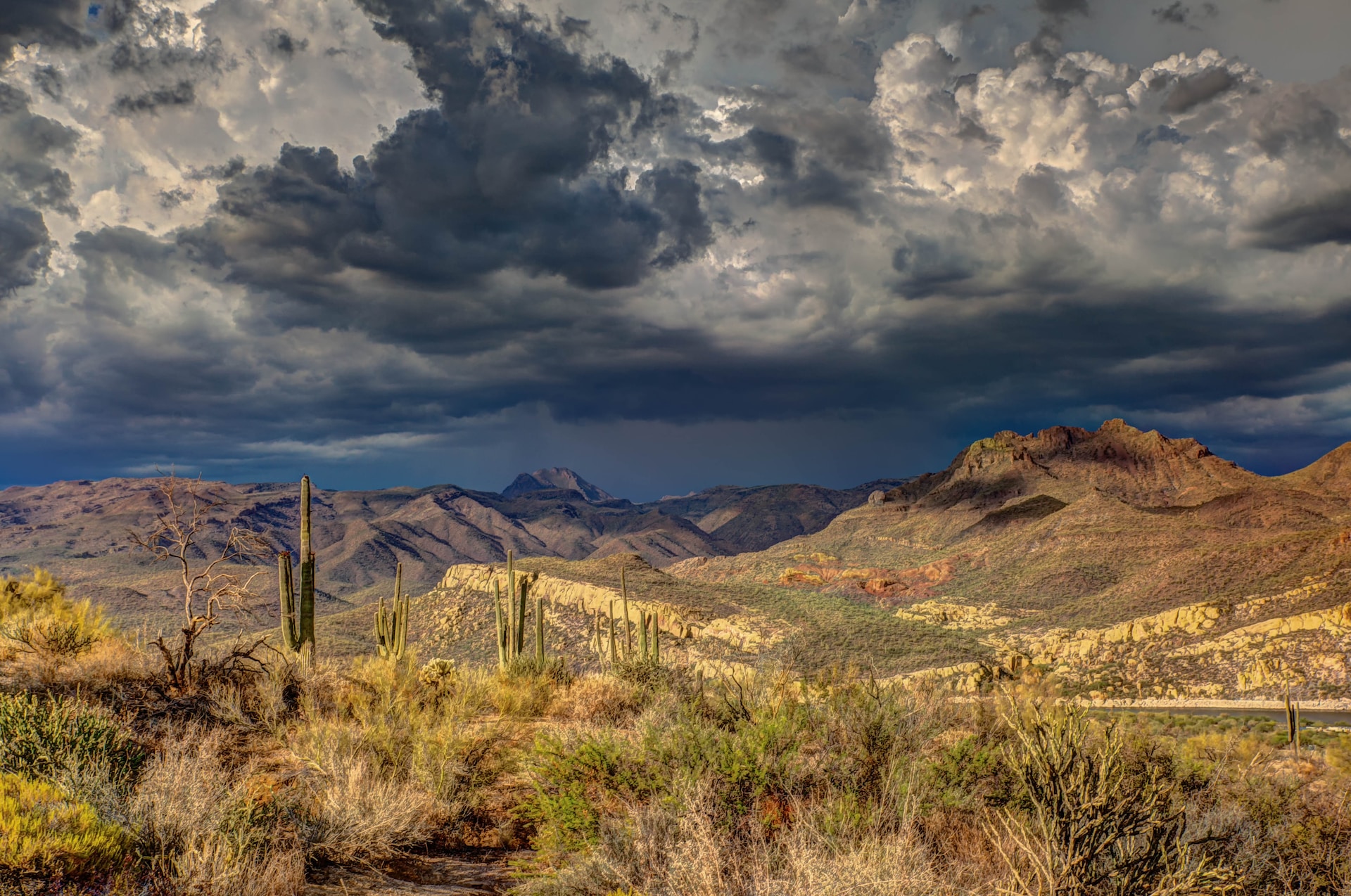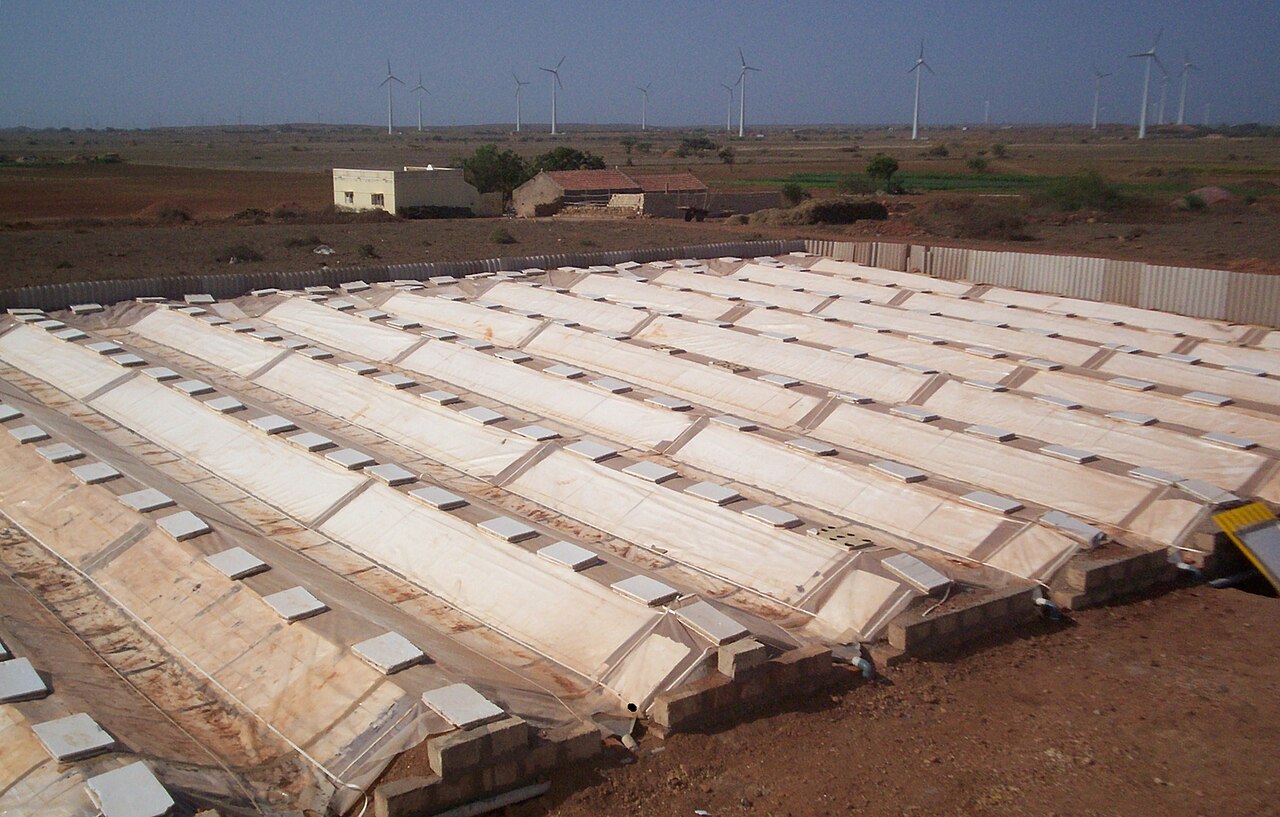
Atmospheric water collection to make it rain in places without rivers
14 of November of 2023
Is it possible to create drinking water springs in places where there are no rivers? The simple answer is yes: there is atmospheric water harvesting technology that makes it possible to extract clean water directly from the air by using different techniques. One of them shows up quite often.
Test it out: take a bottle of water out of the freezer, put it on a piece of paper, and wait a few minutes. Water will start to fall onto its surface, soaking the paper. This water isn’t from the inside of the bottle but the outside, from the air, which condenses when it comes into contact with the cold surface.
How much fresh water is there all around us? Trillions of liters of water
It’s estimated that there are approximately 1,400,000,000 km3 of water on the planet. This figure is even more impressive converted into liters: 1.4·1021 liters – that’s 21 zeros in a row. It’s hard to wrap your mind around.
About 12,900 km³ (12,900,000,000,000,000 liters or 12.9 quadrillion liters) are present in the atmosphere alone; while this only accounts for 0.04% of fresh water, that is still an enormous amount, especially if we consider that it is floating. We’re talking about about 382 million Olympic swimming pools.

The air is full of water (0.4% of the atmosphere is this molecule in the form of vapor), and one good estimate indicates that there are 2.5 million liters on every square kilometer of the planet. These are huge figures. Figures that we can harness to get water where it’s needed.
The Byzantine air well and the water condensation mechanism
Extracting water from the air is by no means a new mechanism. The Byzantine air well (also called Zibold’s dew condenser at the time of its discovery around 1900 by Russian engineer Friedrich Zibold) consists of a pile of stones approximately 10 centimeters to 40 centimeters in diameter, forming a cone.
This cone is full of openings through which air passes, and when it comes into contact with the coldest stone, it condenses and precipitates in the form of water condensation. Under the structure, a plate connected to various pipes collects the water and transfers it to distribution or storage. The Incas built systems using the same principle, as well as the Greeks of Theodosia in the 6th century BC.
Following the example of this technology, there are more and more radiative condensation plants like the one shown below in India. The elements radiate energy, cooling down. When they cool down, they condense water that’s then collected for cultivation.

Milking clouds to feed the population
The island of El Hierro (the Canary Islands, Spain) is located to the northwest of Africa, far enough removed to be considered remote. This was especially true in 1948, when the lack of both drinking and irrigation water wreaked havoc on the island.
One night, Tadeo Casañas, a resident of the island, found how the roof of his hut (which is made of heather, a local sub-shrub) caught the dew and condensed drops that fell to the ground. So he built an aqueduct leading to the cistern and measured a water flow of about 14 liters per minute. Decades later, the collection of atmospheric water with meshes in the form of large collectors is relatively common on the island.
There are currently several projects around the world that aim to bring drinking water to places where there are no bodies of water so that it’s also available for cultivation. Some of these even feature industrial-style solutions that use wind to generate energy to cool a surface.
Condensing water to recover green areas
Ecological restoration is a relatively new activity in historical terms but is increasingly relevant. Part of this restoration involves planting shrubs and trees that give rise to a forest, though some methods utilize atmospheric water to accelerate the process. This is the case with the Sierras Grandes of Córdoba (Argentina).
Everything stems from the accidental discovery of how the queñoa (a small tree) could condense the clouds when some researchers realized that wherever there were several queñoas, there was water nearby. With the help of several neighbors, queñoas were replanted at the peaks, and the places where these interventions were carried out have more stable flows all year round.
This type of renaturation or reforestation system is particularly smart because it makes it easier for nature to do useful work. If the same team of tree replanters starts replanting at the peaks, the condensation itself facilitates the birth of vegetation below, a process that does not occur from bottom to top. In addition, the seeds fall down the slopes, so the force of gravity is used to restore ecosystems with water.
Doesn’t the atmosphere run out of water where it’s extracted from the air?
A very coherent engineering question would be, “Won’t we be drying the air if we take out a lot of water?” To come to an adequate answer, let’s take a look at some figures. For instance, about 100 liters of water a day guarantees a certain minimum threshold for drinking and washing.
As we said before, there are about 2.5 million liters for every square kilometer of the planet. But even using only a fraction of what accumulates at the surface level (where the concentration of water is much higher), one ten-thousandth would be enough for 250 people in that square kilometer.
So the general answer is no, using water collection systems does not significantly reduce the humidity of the environment, and even less so if the environment is the atmosphere. In fact, air conditioning extracts moisture from the interior of homes following exactly the same mechanism, but even at full power and in a closed environment, it cannot reduce the relative humidity drastically.





There are no comments yet